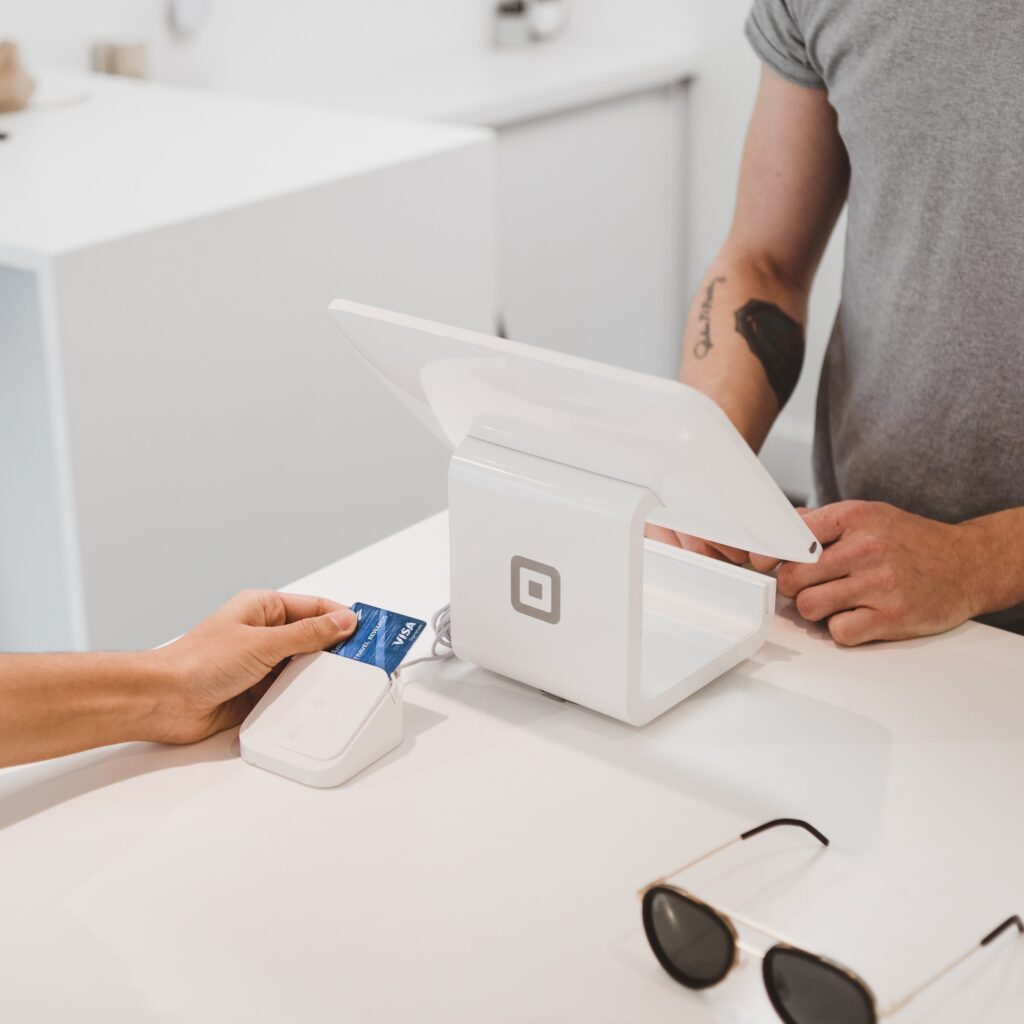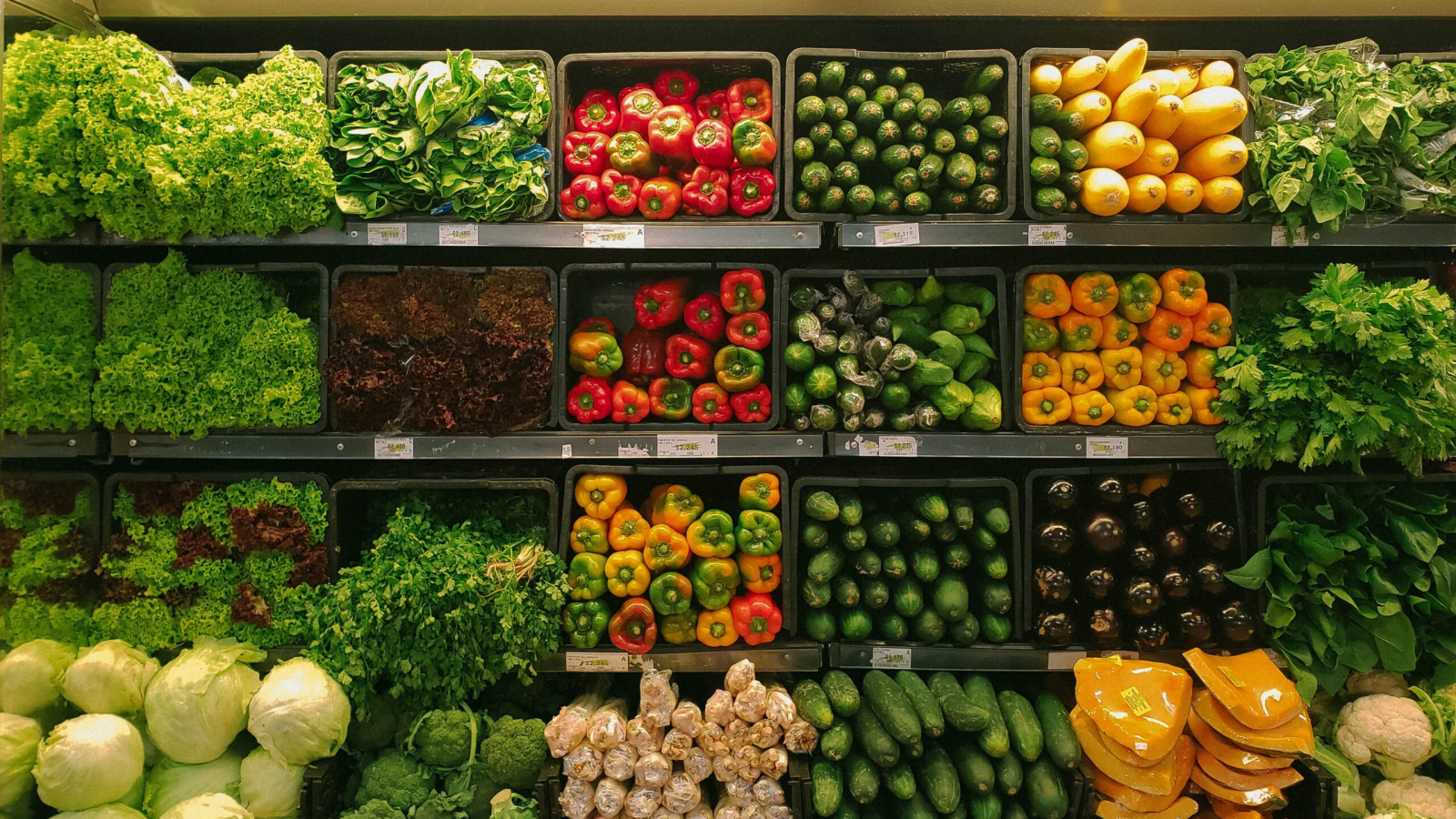As the world continues to move towards a more digital landscape, it can be difficult for high-street retailers to keep up. More and more people are choosing to shop online, where they have a wider range of choice and often better prices. This has left many high streets struggling, with shops closing as footfall drops. There is no easy solution to this problem, but there are things that retailers can do to encourage people back into physical stores.
In this blog post, we will discuss some ideas that shop owners can use to improve their footfall strategies and bring more people through their doors!
What does footfall mean in retail?
Footfall is a term used in retail to refer to the number of people who visit a store or shopping area. While footfall can be influenced by factors such as the weather and the local economy, it is also greatly affected by the retail experience. Stores that provide a pleasant and convenient shopping experience are more likely to see increased footfall*, as customers are more likely to return.
There are a number of ways to create a better retail experience, such as providing helpful and knowledgeable staff, offering unique products, and ensuring that the store is well-organised and clean. By creating a positive shopping experience, retailers can encourage customers to return, leading to increased footfall and sales.
How can I count footfall?
Footfall is essential for driving sales. But simply counting the number of people who come through your doors isn’t enough to get an accurate picture of how well your business is doing. You also need to take into account the number of potential customers who are leaving empty-handed.
This is where automatic people-counting software comes in. By tracking the number of people who enter and exit your store, as well as the amount of time they spend browsing, you can get a much more accurate picture of your retail footfall. This data can then be compared to your sales data to help you establish how many potential customers are leaving without making a purchase.
Investing in people-counting software is a smart way to get a more detailed picture of your business’s performance and make sure you’re making the most of every customer visit. By understanding your true foot traffic, you can make better decisions about marketing and merchandising strategies to increase sales.

How to increase footfall in retail
One of the best ways to increase footfall on high streets is by offering something that online stores cannot. This could be in the form of personalised service, unique product offerings, or even just a more pleasant shopping experience. Many people are willing to pay a little extra for these things, so it is important to make sure that your shop is offering them.
First Impressions
If you’re looking to increase retail footfall, one of the best things you can do is improve the exterior of your retail space. This means making sure that your signage is up to date and accurate, and that it’s styled in a way that’s consistent with your brand. You might also want to consider adding seasonal promotional designs, or even working with a glass painter to decorate your store windows.
The interior of your retail space plays a significant role in how customers perceive your business. A well-designed and well-maintained store interior can create a positive first impression that will encourage customers to browse and make purchases. Moreover, an inviting and comfortable store interior can help to build customer loyalty, as customers will be more likely to return to a store that they enjoy shopping in. There are a number of ways to improve the interior of your retail space, such as repainting walls, updating fixtures and fittings, and adding greenery. By taking the time to update the inside of your store, you can increase retail footfall and boost sales.
Incentives
High-street footfall can be improved by providing more incentives for people to visit shops. This could include discounts, loyalty programmes, or even simply providing a better overall shopping experience. Loyalty programmes are beneficial, as they create repeat customers who are more likely to stick with brick-and-mortar shops even when there are cheaper options available online. In order to really compete with online retailers, high-street shops need to provide a compelling reason for people to visit them. Offering incentives is one way to do this, as it can encourage people who may not have considered shopping in physical stores to give it a try.
Case Study: Tescos Clubcard
The Tesco Clubcard is one of the most popular loyalty schemes in the UK, and it’s easy to see why. For every £1 you spend at Tesco, you earn 1 point, which can then be redeemed for vouchers to use in-store or for discounts on a range of products and services. You can also boost your points balance by shopping at certain partner stores, such as Boots and Costa Coffee. And if you have a Tesco Credit Card, you can earn double points on all your Tesco shopping. With so many ways to earn points, it’s easy to build up a healthy balance that can be used to save money on your shopping bills. This loyalty scheme is always evolving, with new partners and offers being added all the time.
How can you increase loyalty among your customer base?
Here are five ideas to get you started.
- Refer-a-friend programs: These programs offer incentives for customers to spread the word about your business to their friends and family. For example, you could offer a discount to customers who refer a certain number of people to your business.
- Subscription programs: If you sell products or services that need to be regularly replenished, consider offering a subscription program. This could include a discount for customers who sign up for recurring orders.
- Mission-driven customer loyalty programs: Customers are more likely to be loyal to businesses that align with their values. So if your company has a mission or purpose that goes beyond profit, make sure your loyalty program reflects that. For example, you could give discounts to customers who support eco-friendly initiatives.
- Customer loyalty points programs: These programs reward customers for making purchases with points that can be redeemed for discounts or freebies.
- Finally a simple birthday freebie to be collected in store is a popular way to make your customers feel valued by your shop.

Creating a community
Shopping at brick-and-mortar stores provides many benefits that you can’t get from buying online. When you shop in person, you can try out products before you buy them, get expert advice from store employees, and take advantage of special deals and discounts. But one of the best things about shopping in person is the opportunity to build community. Here are some ideas for retailers who want to encourage community building among their customers.
Sponsor community initiatives
As a business owner, you have a unique opportunity to make a positive impact on your community. There are many ways to get involved, but one of the most effective is to sponsor local community initiatives. These can be anything from beautification projects to food drives or clothing swaps. By taking part in these initiatives, you’ll not only be helping to make your community a better place, but you’ll also be raising awareness about your business and showing customers that you care about more than just profit. So next time you’re looking for a way to give back, consider sponsoring a local community initiative. It’s a win-win for everyone involved.
Create a space for community events
Many retail stores have space that goes unused during business hours. This space can be used to host events, support local businesses, and generally make the area more welcoming. Athleisurewear retailer Sweaty Betty is encouraging a sense of community by offering free workout classes to their customers. This not only helps to create community but also brings people into their stores and encourages them to see the latest products. The classes are typically held in-store, and they cover a variety of topics such as yoga, pilates, and dance. The instructors are all certified, and they provide modifications for all levels. In addition to these classes, Sweaty Betty also offers a loyalty program that gives members access to exclusive events and discounts on the products. Sweaty Betty’s sales grew by almost three quarters to £126.5m in the 2020 financial year, compared to a 28.7% increase to £72.9m in the prior year.

How to drive footfall in retail with marketing
It can be tough to get people to leave the comfort of their homes into a shop. That’s why it’s important to have a strong communication and marketing strategy in place to attract customers to your high street store. Here are a few tips on how to use marketing to drive footfall in retail:
Keep your online presence updated. Include clear location information and directions on your website and in any online listings. This will make it easier for potential customers to find you.
Make sure your Google My Business listing is complete and up-to-date. Google is the most popular search engine, so it’s important to make sure your store comes up when people are searching for businesses like yours. You can create a free account that will display your opening times, address and directional information which can subsequently be tracked through the account; meaning you can see how many users have “asked” for directions. Over holiday periods ensure you update it with relevant information, so as not to disappoint any potential customers.
Finally, use social media to let people know you exist! Platforms like Facebook and Instagram are great for connecting with potential customers and driving awareness of your brand. Try to post regularly with relevant content so people can easily find you.
*Taken from R-Com research infographic linked here.



